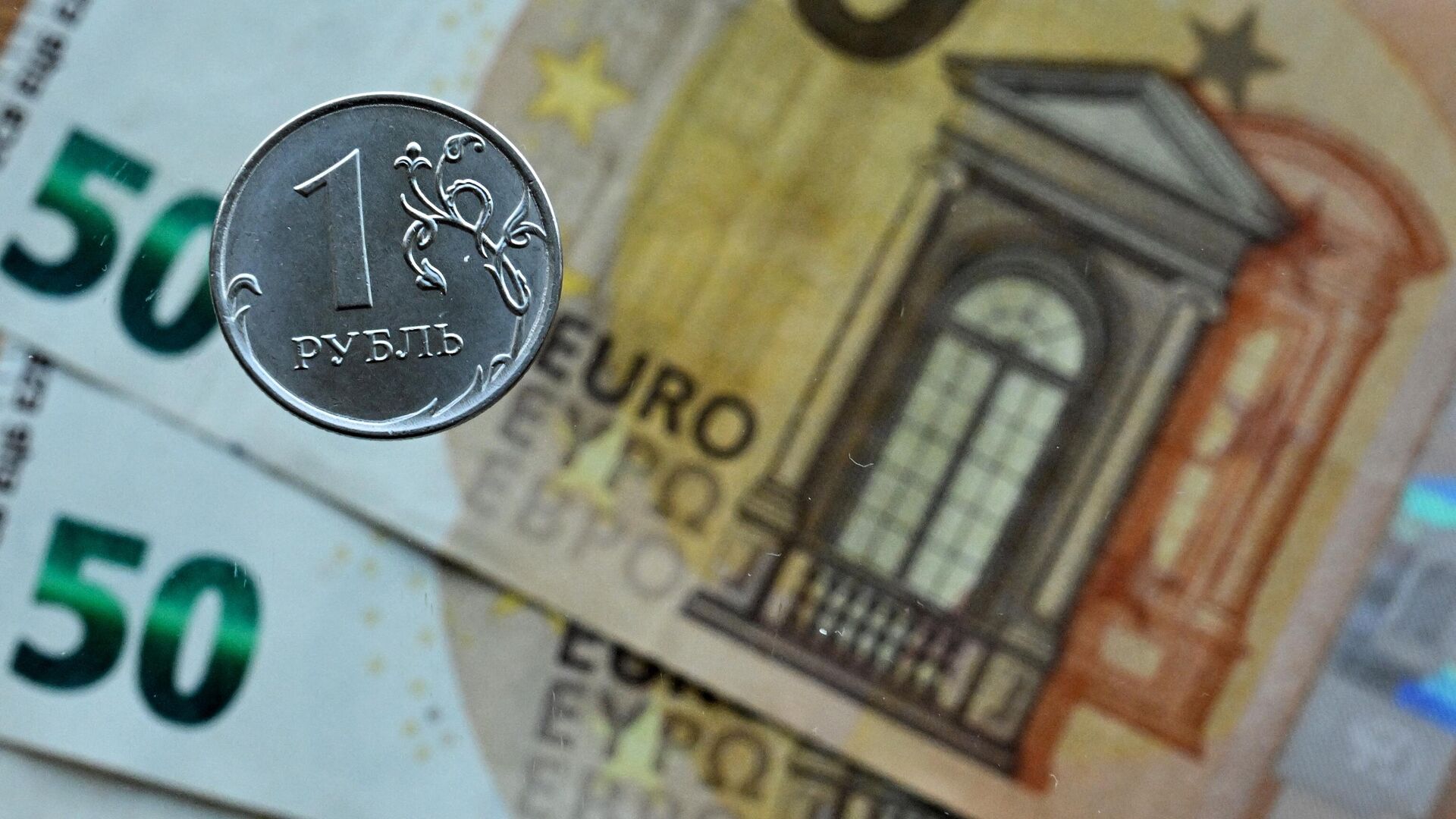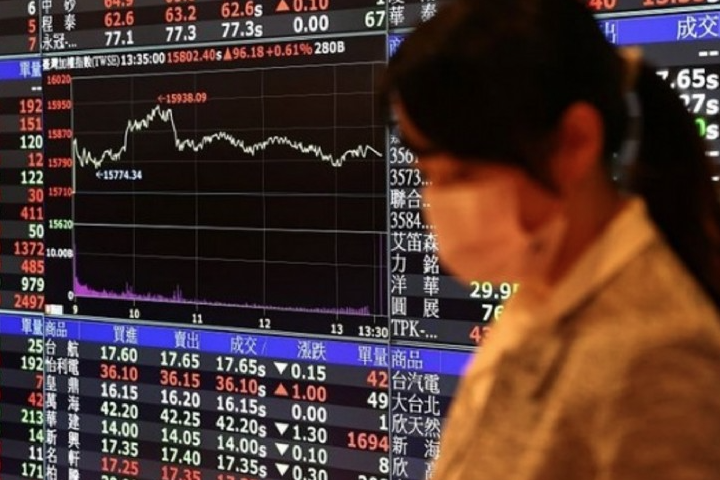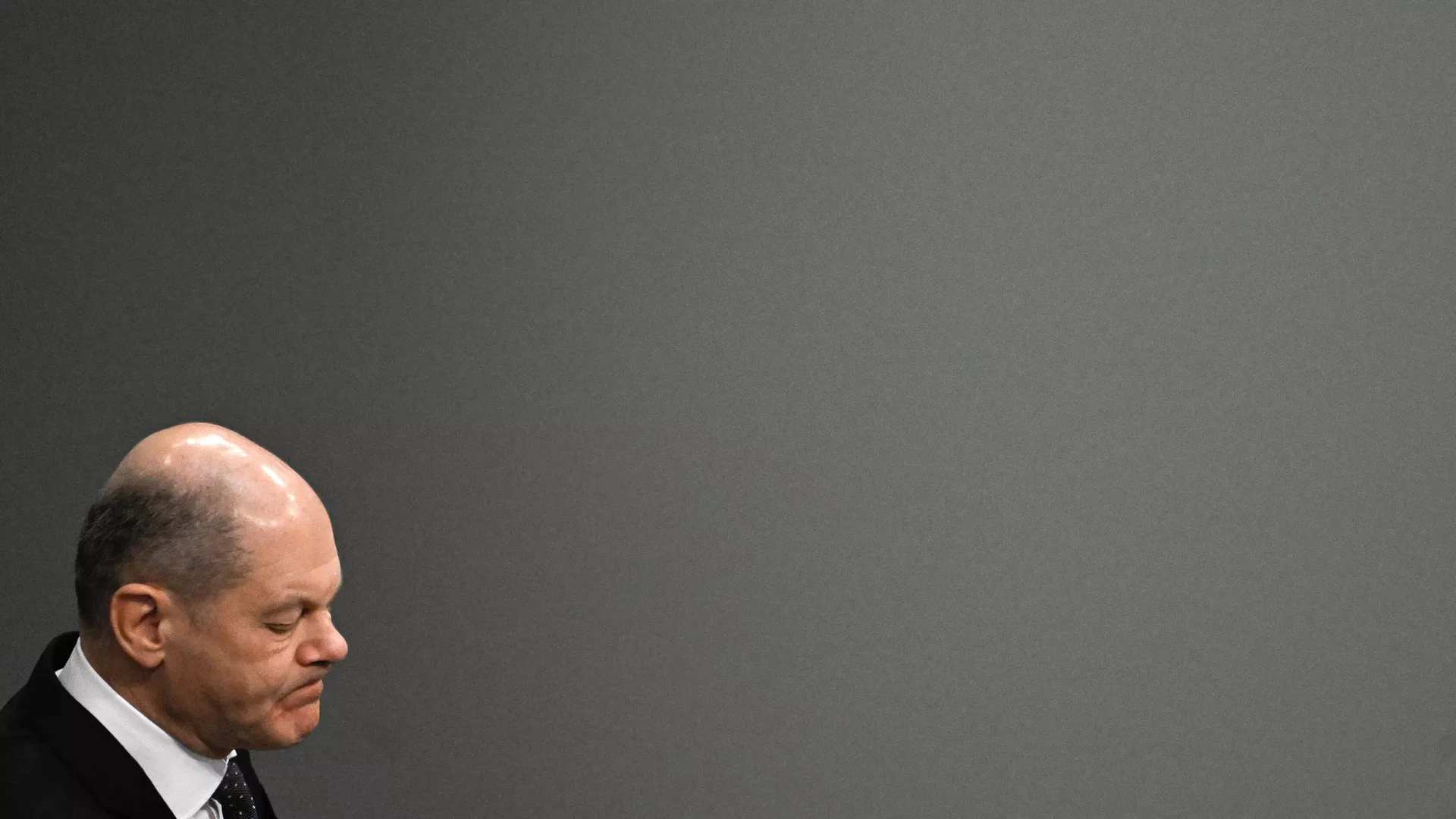Europe’s central bank has raised interest rates for the first time in eleven years. The fact that the banks seem to be the most pleased about this raises the question of how much their customers will benefit in the end.

So now the time has come. After years of bickering about allegedly false zero interest rates, Europe’s central bank raised its key interest rate again for the first time on Thursday – and by half a percentage point. Will Germany’s savers now be saved? Will what eager professors have already shouted up as expropriation now come to an end?
Not really, sure. At least when inflation is still so high – and there are still negative interest rates in real terms. And if anything, only if the turnaround in interest rates doesn’t soon contribute to what’s on the horizon: the economy sliding into recession.
- New practice in France: Shops running air conditioners will be banned from keeping their doors open
- Russia rejects Israeli delegation to discuss Jewish Agency
After all, those who are unemployed or losing income also have fewer opportunities to save. So even slightly higher interest rates won’t help – and much higher rates would only make things worse. Because that would also drastically increase the cost of financing for all those who want to invest – which would only plunge the economy into an even worse recession. After all, there are already increasing signs of a slump in construction activity. In that case, there would be much to suggest that the central bankers will lower interest rates again in the foreseeable future, and at least stop the upward trend again soon.
Central banks in panic
There is something else that speaks against the saga of the redeemed saver. There is one industry in particular that is currently rejoicing mightily about the end of zero interest rates: the banks. And in all likelihood, this is not out of pure empathy with their saving customers. The fact that the financial sector is the happiest says a lot about where the damned zero interest rates actually came from – and why the drama surrounding them doesn’t simply dissipate when the central banks raise their key interest rates in a panic.
The phenomenon has it all. As the management consultants at PwC have just calculated, the earnings of German banks in the overnight money business are expected to more than triple this year to 3.3 billion euros – reports the “Handelsblatt”.
Of course, with higher key interest rates, savers will also receive (somewhat) more interest on their call money account. However, the banks also invest their money. In addition: The money houses give credit, on which they require now again more interest. And the assumption is obvious that they get over it more money than they grant to the savers. Makes, right, a rising profit.
According to estimates by PwC experts, earnings should even rise to almost 15 billion euros next year thanks to the farewell to the evil zero interest rate. Interest rates up, bank happy.
In retrospect, this explains why bank economists such as the chief economist of the ailing Commerzbank have always been at the forefront of scolding the evil ECB in recent years – for allegedly doing all this only for the slacking southern countries. And because it was terrible for savers. Above all, it was terrible for the bank itself. That’s where it gets a bit cheeky.
Zero interest rates as a receipt for bank excesses
If interest rates have fallen at an accelerated rate since the Great Financial Crisis of 2008, this was not a whim of lousy central bankers – but a direct consequence of this very crisis. A fundamental crisis in the banking world. Because in the unleashed world of finance, it was always more lucrative to invest in financial products than in the real economy. And this encouraged all the excesses and private credit hype that eventually led to the crash. After that, the pressure to reduce debt prevailed for years. Which, in case of doubt, only reinforced the tendency toward lack of investment.
Result: too little real credit demand and growth and too much financial magic. The combination of the two led to a lot of deflationary pressure for a long time – in other words, prices threatened to fall rather than rise. For this reason alone, interest rates had to fall drastically. To which central bankers around the world then made their contribution – by lowering key interest rates further to avoid deeper crises.
If this is true, it makes the years of nagging by some bankers seem all the more brazen – as does the current glee (which most still tend to stifle). If so, the zero interest rates were a kind of payback for earlier bank excesses. That the perpetrators are complaining about the consequences of their own disasters is at least courageous.
The fact that they are now rejoicing over the end of low interest rates is understandable in mathematical terms at first, but all the more bizarre. In Europe, at least, the higher rates are not because the danger of weak economic development and demand for credit has been averted, but primarily because Vladimir Putin is on the rampage and the costs of raw materials, energy and food have exploded. Even higher interest rates will only help to a limited extent against this, if at all.
That the interest rate turnaround can so quickly become a pitfall is already foreshadowed by the accompanying comments from the industry recently. Because higher interest rates do not meet excessive demand that needs to be calmed, the risk of undesirable side effects is great – also for the banks. According to a report in the Handelsblatt newspaper, the joy of higher interest rates is mixed with fears of a recession. Clearly. Because the mixture of higher interest rates and already acute recession dynamics can lead to defaults in the lending business – for example, in construction loans. It remains to be seen whether the positive effects will ultimately outweigh the negative ones for the banks, says one analyst.





